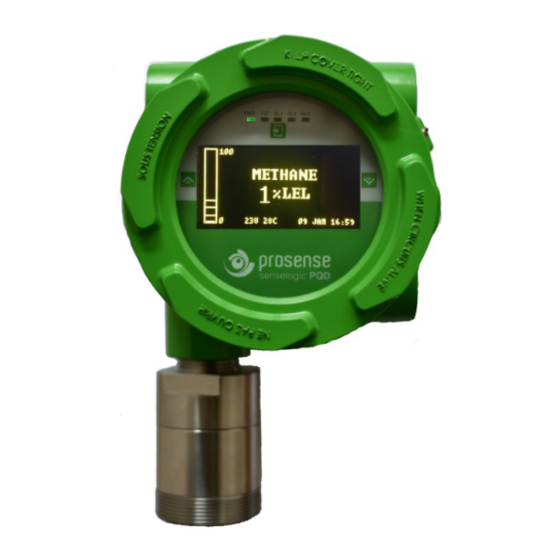
Prosense PQ Series Installation And User Manual
Hide thumbs
Also See for PQ Series:
- Quick installation manual (4 pages) ,
- User manual (22 pages) ,
- User manual (8 pages)
Table of Contents





Need help?
Do you have a question about the PQ Series and is the answer not in the manual?
Questions and answers